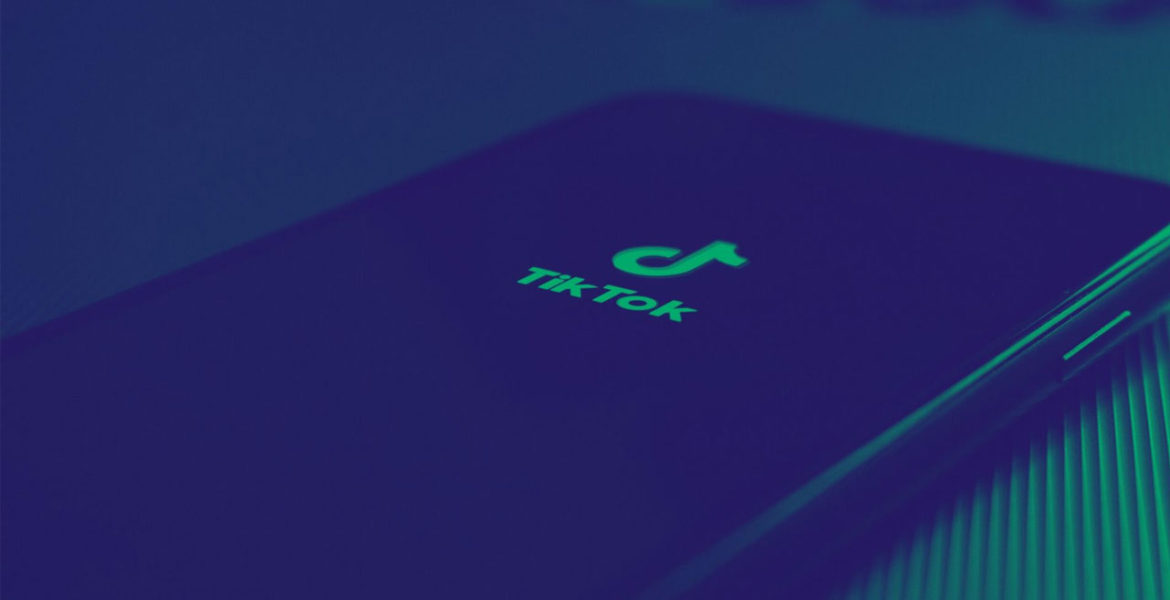With young millennials and Gen Zers looking for a distraction from the ongoing COVID-19 situation, TikTok provides the perfect diversion with lip syncs, creative dance moves, and hilarious clips. It’s no wonder many flock to the ByteDance-owned social media platform for endless, feel-good entertainment.
We’ve seen TikTok’s viral appeal gain global notoriety throughout 2019. Through short-content, easy-to-use editing tools, and even easier potential to go viral, TikTok attracts a young, active user base with 41 percent of users between the ages of 16 to 24 and 66 percent under the age of 30. While the majority of the initial user base is in China, TikTok is still growing throughout the United States and the rest of North America, as well as other parts of the world – and becoming a social distancing past time as many cope with staying indoors.
With over 1.7 billion all-time downloads, 145 million in the U.S., I believe this will be the year where TikTok will dominate and surpass other social media platforms.
The Current Landscape
I largely attribute TikTok’s success to two themes: its effortless user experience and individualistic atmosphere. Just about anyone can use TikTok — you can download the app and create your first post with two taps. Similar to Snapchat and Instagram Stories, TikTok’s short-form, vertical content is easier to produce than the longer-form content more common on other networks. It’s also easier to build a following since users can follow other accounts, publishers, hashtags and discover new creators intuitively.
Though hashtags aren’t a new trend in social media, TikTok is using them to create a highly engaging experience for users. With ‘Hashtag Challenges,’ like the #FlipTheSwitch craze that has even JLo and Alex Rodriguez joining in, the platform has leveraged the hashtag to effectively create a shared viral experience that can’t be found elsewhere in social media. Further capitalizing on the discoverability of the platform to increase reach, TikTok even added the e-com feature, ‘Hashtag Challenge Plus,’ which enables users to easily interact within the app and allows brands to even sponsor a specific hashtag.
The other key theme with the platform is that TikTok has created an atmosphere where its users feel comfortable being themselves. It’s not about the perfect appearance we’re accustomed to curating on other platforms. Rather, TikTok celebrates being your weird self, which is appealing to a generation where authenticity reigns as the gold standard.
The Opportunity
Just as college students are obsessed with TikTok, so are brands. When I was at CES, I couldn’t help but notice CMOs drooling over the opportunity to advertise on the platform. With a young, tech-savvy audience, TikTok is an attractive place where brands want to be. While the initial wave of early adopters is already on the platform, more brands will continue to jump on the bandwagon, which will drive more audiences and communities to migrate to TikTok, as well.
Just as every social media platform needs its own strategy, TikTok content needs to be differentiated from other platforms.
TikTok encompasses everything brands strive to be – relatable, raw, and authentic. Posting a promotional video with a distinct call to action isn’t going to move the needle. Your content needs to be reflective of the audience. We’ve seen success on Jukin’s channels, People Are Awesome, FailArmy, and The Pet Collective, by showing real authentic moments from people all over the world. I recommend showing the people behind your brand, rather than keeping your products center stage.
The #Challenge
No social media platform is without its challenges. Due to the young nature of the audience, there are huge concerns about privacy and exploitation. Not to mention, there have been rumblings about interest by the U.S. government since the app is owned by a Chinese-based parent company.
I expect we’ll see increased scrutiny around brand safety and community guidelines throughout 2020. Content strategy aside, I do believe this will be a concern for brands jumping into the platform. One such cause for concern is some dangerous Hashtag Challenges that have gained traction on the platform. Harmful viral stunts, such as the #SkullBreakChallenge, #OutletChallenge and one influencer trying to start a #CoronaChallenge, showcase the potential TikTok has to spread misinformation. There could also be concerns about targeting a younger crowd from an alcohol brand or even using music within the platform since the company still has a complicated legacy with music publishers and artists. Brand safety is of the utmost importance for marketers, and social media platforms haven’t always presented the most brand-safe options.
If brands can overcome the brand safety issues associated with TikTok, there still exists rudimentary advertising guidelines and a lack of ad targeting that will pose a threat. With more resources allocated to the platform’s ad offering, the hope is that this can be iterated on.
Regardless, 2020 will be the year brands embrace TikTok, whether in need of a social distraction or not. It’ll also be the year the platform opens up additional ways to monetize its audience. While TikTok has a number of ad products like launch page take-overs and sponsored hashtags, the company is working with brands and publishers around formats, campaigns, and other initiatives to figure out paths towards better monetization. Who knows, maybe your brand could be the next viral star.

